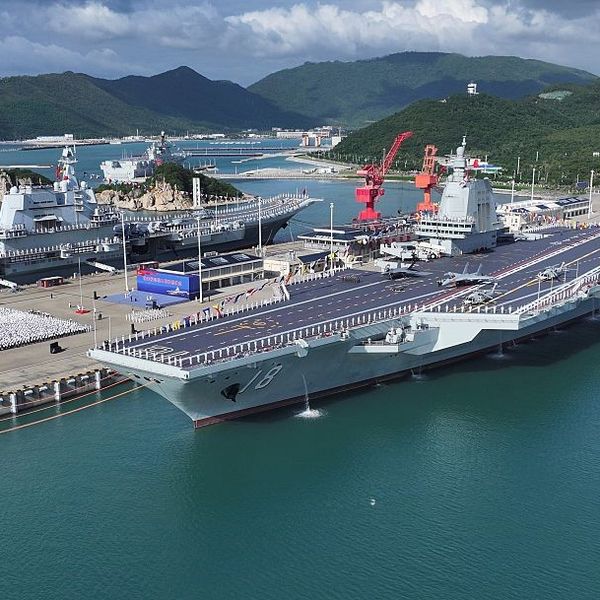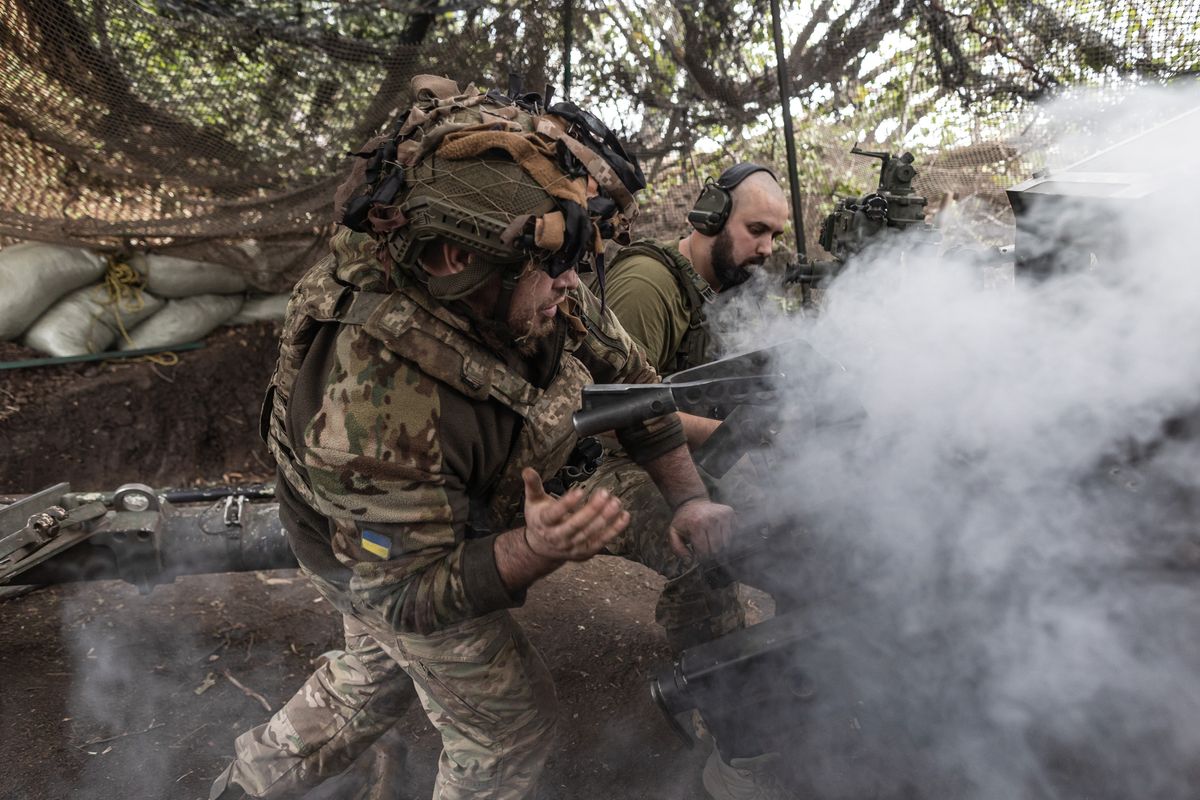“My personal view is, the first shots of the future fight will be either in the cyber domain or — maybe it's an ‘and’ — and the space domain. And so we've got to make sure we have sufficient capability there because that's critical to our capabilities to fight and win.”
Those were the words of Mark Esper, the new Secretary of Defense, delivered last Wednesday at the Air Force Association’s 2019 Air, Space and Cyber Conference.
Esper continued, “For decades now, the Air Force has dominated the skies. Air superiority has been relatively uncontested, persistent ISR [intelligence, surveillance and reconnaissance] has become the norm, and precision airstrikes are now the weapon of choice. But the conveniences of today's battlefield will not be the realities of the future.”
Instead, Esper said, “Put simply, some of our long-held advantages have started to diminish. Great power competition [with Russia and China] once again has returned to the global stage. If we are to remain the world's preeminent military power, then we must change course away from the past and face the challenges of the future head on.”
Over three days of last week’s conference, Esper’s words were further expanded by some dozen senior Air Force officials and officers who described how that service would be changing to face future demands.
Air Force Chief-of-Staff Gen. David Goldfein talked about the Pentagon’s new Multi-Domain-Operations concept [air, land, sea, undersea, space and cyber], and his service’s shift of some $25 billion over the next five years to face the threats of the next decade.
“Modernization is not strictly defined by hardware,” Goldfein said. “It requires changing the way we organize, train, develop and then employ forces. Victory in future combat will depend less on individual capabilities and more on the integrated strength of connected networks available for coalition leaders to employ.”
He described the future goal to be “a fully networked force where each platform’s sensors and operators are connected, not by point-to-point circuits, but in a meshed network that is highly resilient and self healing. And they’re not just connected either — the command and control systems automatically pair the right sensors to the right targets, using data from all platforms and sensors, identifying and refining targets automatically and allocating weapons to targets, allowing us to converge effects in a synchronized and simultaneous manner.”
During a panel on Demystifying Multi-Domain Command and Control, Preston Dunlap, Chief Architect of the Office of the Air Force Assistant Secretary for Acquisition, Technology and Logistics, gave an easily understood example from civilian life, the transportation system Uber, which he said is a multi-domain, command and control system.
Uber, Dunlap said, involves an app [application] that rides on an iPhone or tablet that knows your position, and the position of those who might be able to help you. It sends that information seamlessly over a network…It knows whether you have high connectivity or low connectivity. It knows where you are and where people that can drive you are and it matches through AI [artificial intelligence] the right person to the right car.”
Dunlap continued, “You can look on the screen and see the situation awareness, where you are and what is around you, and can watch the car. You can even coordinate responses and get multiple people in that one car…We too are trying to get our capability within seconds to the right place, at the right time, to the right target, to the right effects.”
Dr. Will Roper, the Assistant Secretary of the Air Force for Acquisition, Technology and Logistics, said the Air Force has in effect become “a technology company” involved in “innovation that is a continuing process.”
As a “digital Air Force,” Roper said the service had to upgrade the way it used, managed and adopted software. “If we don’t learn to do software well, then we’ve already lost. Software is what binds everything together," Roper said.
That meant dropping a process it had been using since the 1970s and replacing it with a software development system, Agile, that has seen the Air Force develop some 31 of its own rapid coding organizations. An Air Force developed software program called Mad Hatter after four months has allowed maintenance on F-35s to be reduced by ten hours, Roper said.
One program involving the F-15 fighter aircraft is working on codes that move back and forth between development and production at lightning speed. A future software acceleration goal Roper set for the developers of the new B-21 strategic bomber is to get to an aircraft “that can land with better software than it took off with.”
Roper talked about weapons working together seamlessly which will change the way fighting takes place. He also talked about Valkyrie, mentioned earlier in a talk by Air Force Acting Secretary Matthew Donovan. It went from test bed concept in two years to a prototype, low-cost, unmanned fighter aircraft that would be outfitted with new sensors and weapons and networked with the F-35 and F-15EX.
But he linked its industrial development to futuristic “self-flying cars” in the civilian market and mentioned how manufacturers interested in such a product should see the Defense Department as having value for commercial industry. By working with the Air Force to develop unmanned aircraft, they could get started on products that could have future civilian use.
Roper said, “Every flying hour that we are flying is worth millions if not billions to those private companies that are wanting to take over this domestic urban mobility boom that is predicted.” He suggested domestic industry use the defense market as a partnership opportunity to expand the industrial base.
Roper also spoke of technologies that are starting to change how we build weapons, illustrating that with the need to develop digital engineering to design aircraft and satellites. If you could create a completely digital model, Roper said, you could change that airplane or satellite in the digital world without having first to bend a piece of metal. The iterative changes on the next buy - that are required today after the first new aircraft enters the force - could be avoided under such a new process.
Gen. John W. "Jay" Raymond, Commander, U.S. Space Command and Commander, Air Force Space Command, spoke of the new structure that would eventually lead to a U.S. Space Force.
The changes were based on the understanding that space is now a war fighting domain where the U.S. not only has to be able to protect and defend space assets, but also prepare a totally new group of warfighters who understand space and how to undertake combat while there.
Raymond said there is money in the 2020 budget to pay for defendable satellites, and in time, to have space experts at every combatant command for planning purposes.
The underlying effort, however, is to build up defensive and offensive space assets so as to deter fighting in space where no one can be a winner.
Read more national security news, analysis and insight in The Cipher Brief













